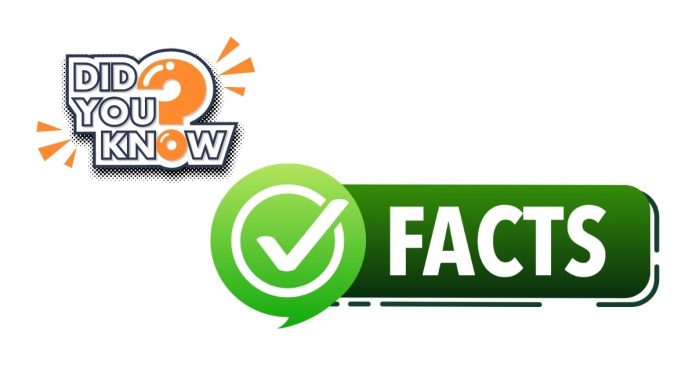The world is an incredible place, full of wonders that continue to amaze and inspire us. From natural phenomena to human achievements, here are ten fascinating facts about our planet that you may not know.
1. Mount Everest Is Not the Tallest Mountain While Mount Everest stands at 8,848 meters above sea level, the tallest mountain on Earth, measured from base to peak, is Mauna Kea in Hawaii. Mauna Kea measures over 10,000 meters, but much of it lies beneath the ocean.
2. The Amazon Rainforest Produces 20% of Earth’s Oxygen Known as the “lungs of the Earth,” the Amazon Rainforest plays a vital role in regulating the planet’s climate and produces approximately 20% of the world’s oxygen. Covering over 5.5 million square kilometers, it’s also home to an astonishing diversity of life.
3. Lightning Strikes 8 Million Times a Day Each day, the Earth experiences around 8 million lightning strikes, which averages to about 100 lightning bolts per second. The majority occur in the tropical regions, with Venezuela’s Lake Maracaibo being the most active location.
4. The Deepest Point on Earth The Mariana Trench, located in the Pacific Ocean, is the deepest part of the world’s oceans. Its Challenger Deep point reaches an astonishing depth of about 10,994 meters—deeper than Mount Everest is tall.
5. Antarctica Is the World’s Largest Desert While deserts are often associated with heat, Antarctica holds the title as the world’s largest desert. Despite being covered in ice, it’s classified as a desert due to its extremely low precipitation levels.
6. Bananas Are Berries, but Strawberries Aren’t Botanically speaking, bananas qualify as berries because they develop from a single ovary and contain seeds. However, strawberries don’t meet these criteria, making them “false fruits.”
7. There Are More Stars in the Universe Than Grains of Sand on Earth The universe is vast beyond comprehension. Scientists estimate that there are more stars in the cosmos than all the grains of sand on every beach and desert on Earth.
8. You Could Fit All of the Planets Between the Earth and the Moon The average distance between the Earth and the Moon is about 384,400 kilometers. Surprisingly, if you lined up all the planets in our solar system, their combined diameters would fit within this distance.
9. Honey Never Spoils Honey is one of the only foods that can last forever. Archaeologists have discovered pots of honey in ancient Egyptian tombs that are still perfectly edible after thousands of years.
10. The Great Wall of China Is Not Visible from Space Contrary to popular belief, the Great Wall of China cannot be seen with the naked eye from space. Its width and color blend with the natural terrain, making it difficult to distinguish.
These amazing facts showcase the astonishing beauty, complexity, and wonder of our world. From the depths of the ocean to the far reaches of the universe, there is always more to learn and discover about the planet we call home. Which of these facts surprised you the most? Share your thoughts in the comments below!


